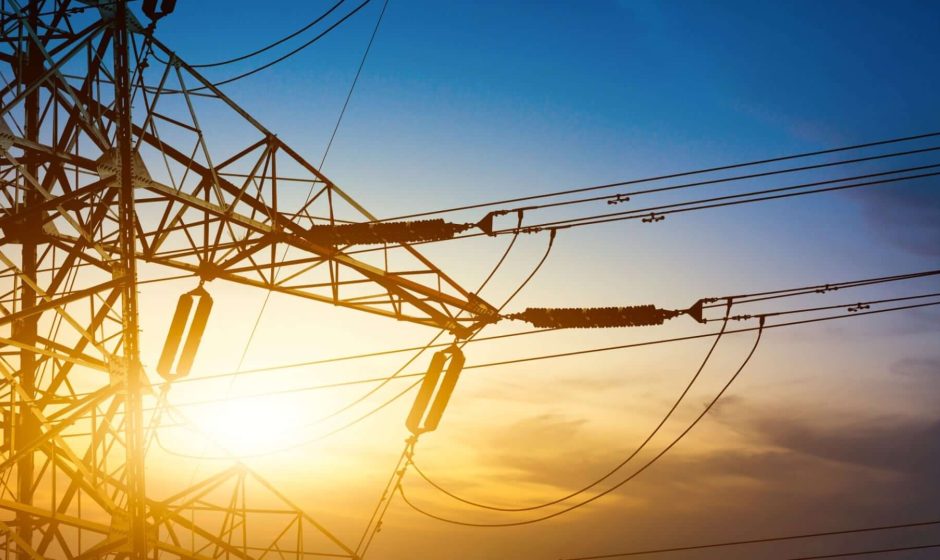Electricity is the lifeblood of modern civilization — powering homes, industries, transportation, and technology. In 2025, as global energy demand continues to grow, understanding how energy and electricity are produced, distributed, and consumed has never been more important.
From renewable power to digital grids, the electricity sector is undergoing a massive transformation toward sustainability and efficiency. This guide explores how electricity is generated, how it reaches consumers, and what innovations are shaping the energy future.
What Is Energy Electricity?
Energy electricity refers to the conversion of various energy sources — such as coal, natural gas, nuclear, solar, wind, and hydropower — into electrical energy that can be transmitted and used by consumers.
Electricity is a secondary form of energy because it must be generated from primary sources like fossil fuels or renewable energy. Once generated, it travels through a vast grid network before powering everything from household lights to industrial machinery.
In 2025, global electricity production continues to rise due to digitalization, electric vehicles, and expanding populations, driving the need for smarter and cleaner energy systems.
How Electricity Is Produced
Electricity generation involves converting energy from different sources into electrical power. There are two main categories of energy sources: non-renewable and renewable.
Non-Renewable Energy Sources
- Coal: Historically the backbone of power generation, though its share is declining due to carbon emissions.
- Natural Gas: Burns cleaner than coal and provides reliable base-load power.
- Oil: Used less frequently for electricity but still important in regions without gas infrastructure.
- Nuclear Energy: Uses controlled reactions to generate large-scale power with zero direct emissions.
Renewable Energy Sources
- Solar Power: Converts sunlight into electricity through photovoltaic (PV) panels.
- Wind Power: Turbines capture wind energy to generate power.
- Hydropower: Dams and rivers provide energy through moving water.
- Geothermal Energy: Harnesses heat from beneath the Earth’s surface.
- Biomass: Converts organic material into usable energy.
The growing focus on clean energy is driving global efforts to reduce carbon footprints while ensuring stable power supply.
Electricity Transmission and Distribution
Once generated, electricity travels through a vast network known as the power grid, which consists of three main components:
- Generation: Power plants produce electricity.
- Transmission: High-voltage lines carry electricity long distances.
- Distribution: Local networks deliver electricity to homes, businesses, and industries.
To maintain stability, the amount of electricity generated must always match the amount consumed. Grid operators continuously balance supply and demand in real time.
In 2025, smart grids use digital sensors and AI to detect faults, optimize energy flow, and integrate renewable sources more efficiently.
Energy Consumption Around the World
Global electricity consumption has doubled in the last 25 years, fueled by industrialization, urbanization, and digital technology.
According to energy research organizations:
- The industrial sector remains the largest consumer of electricity, especially in manufacturing and data centers.
- The residential sector accounts for growing demand due to electric heating, appliances, and home electronics.
- The transportation sector is rapidly electrifying, with electric vehicles (EVs) expected to represent a major share of total demand by 2030.
Developing nations are expanding their grids, while advanced economies focus on upgrading infrastructure and promoting energy efficiency.
Renewable Energy and the Transition to Clean Power
The transition to renewable energy is one of the defining challenges of our time.
In 2025, renewable electricity generation continues to accelerate, supported by declining costs and strong government incentives.
Key trends include:
- Solar and wind are now the fastest-growing sources of new power generation.
- Battery storage systems help stabilize supply by storing excess renewable energy.
- Microgrids and community solar projects empower local areas to generate their own power.
- Green hydrogen is emerging as a flexible energy carrier for large-scale storage.
The global goal is to achieve net-zero emissions by mid-century, requiring coordinated efforts across industries and nations.
Energy Efficiency and Conservation
Producing electricity is only half the story — using it wisely is equally important.
Energy efficiency means using less energy to perform the same task, reducing waste and saving money.
Practical examples include:
- Switching to LED lighting instead of incandescent bulbs.
- Using smart thermostats to optimize heating and cooling.
- Investing in energy-efficient appliances with high Energy Star ratings.
- Implementing insulation and building upgrades to reduce energy loss.
For industries and businesses, automation and energy management systems play a key role in minimizing waste and cutting operating costs.
Challenges in the Electricity Sector
Despite advancements, the global energy system faces several ongoing challenges:
- Grid stability: Balancing intermittent renewable sources like wind and solar.
- Infrastructure aging: Upgrading old power lines and substations.
- Energy access: Nearly 700 million people worldwide still lack reliable electricity.
- Cybersecurity: Protecting digital power grids from potential attacks.
- Climate resilience: Building systems that can withstand extreme weather events.
Addressing these issues requires innovation, investment, and global cooperation.
The Role of Digital Technology in Modern Energy
Digitalization is transforming the way we produce and manage electricity.
Smart meters, Internet of Things (IoT) devices, and AI analytics are enabling more efficient energy use and better demand forecasting.
Utilities can now monitor consumption patterns in real time, detect outages instantly, and integrate renewable sources smoothly.
Consumers, too, can track their usage through apps, set efficiency goals, and reduce costs — empowering everyone to be part of the clean energy transition.
The Future of Energy Electricity
Looking ahead, the future of electricity revolves around three principles: clean, connected, and smart.
By 2030:
- Over half of global electricity may come from renewable sources.
- Electric vehicles will dominate new car sales.
- Smart homes and cities will optimize energy automatically.
- Cross-border energy trade will improve reliability and affordability.
Innovation, sustainability, and digital integration will define the next generation of the global power grid.
Bottom Line
Electricity is at the core of modern progress — from lighting our homes to powering data networks and transportation systems.
In 2025, the challenge is not only to generate enough energy but to do so responsibly, efficiently, and sustainably.
Understanding how energy electricity works helps individuals, businesses, and governments make informed choices that shape a cleaner, brighter future for everyone.
As technology evolves and renewable energy expands, the world is moving closer to a new era — one powered by smarter systems and sustainable innovation.




